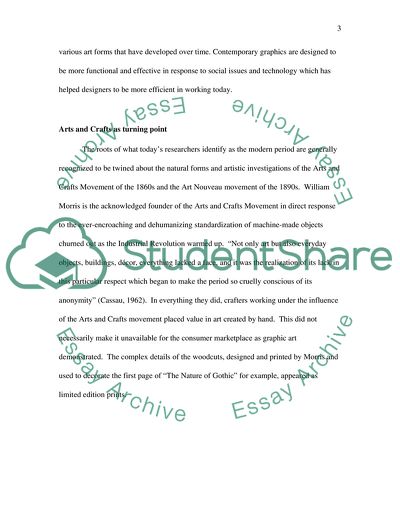Cite this document
(Graphic Design Ideas & Inspiration Research Paper, n.d.)
Graphic Design Ideas & Inspiration Research Paper. Retrieved from https://studentshare.org/design-technology/1547520-research-essay
Graphic Design Ideas & Inspiration Research Paper. Retrieved from https://studentshare.org/design-technology/1547520-research-essay
(Graphic Design Ideas & Inspiration Research Paper)
Graphic Design Ideas & Inspiration Research Paper. https://studentshare.org/design-technology/1547520-research-essay.
Graphic Design Ideas & Inspiration Research Paper. https://studentshare.org/design-technology/1547520-research-essay.
“Graphic Design Ideas & Inspiration Research Paper”, n.d. https://studentshare.org/design-technology/1547520-research-essay.


